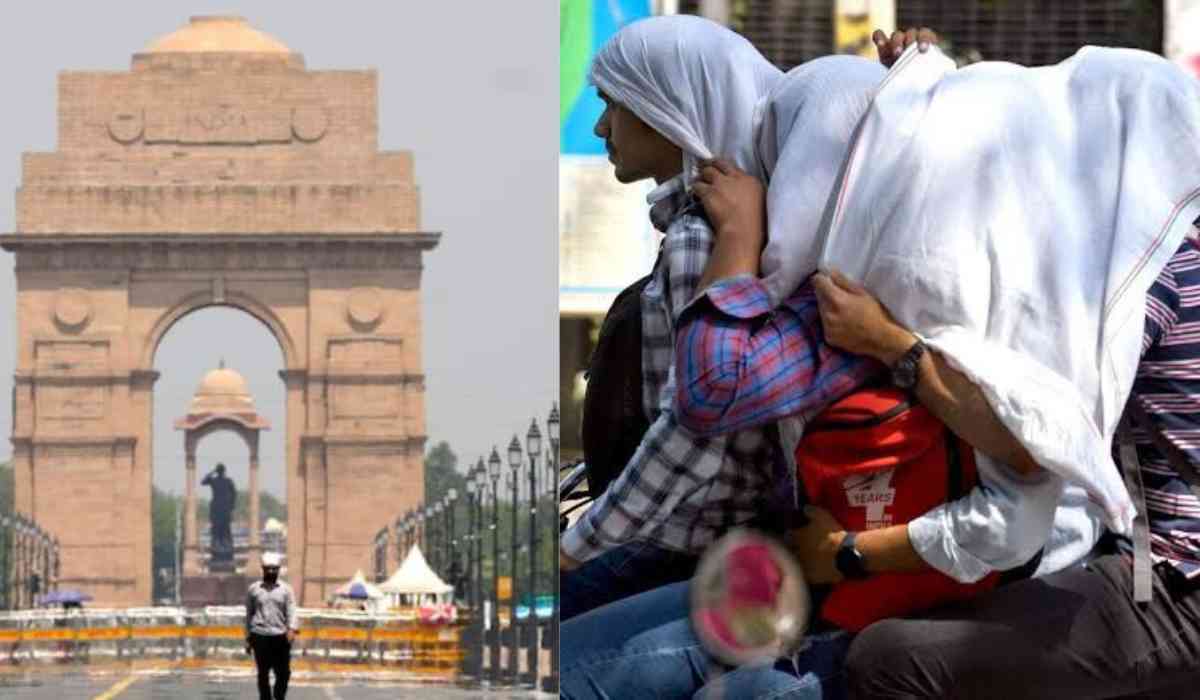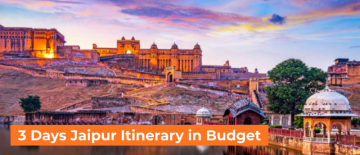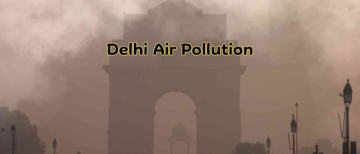According to information from the India Meteorological Department (IMD), the Automatic Weather Station (AWS) at Mungeshpur in northwest Delhi recorded a startling maximum temperature of 52.9 degrees Celsius on Wednesday, the highest ever recorded in the capital.
The record-breaking temperature has surpassed the previous record of 49.2 degrees Celsius, which was recorded at the Mungeshpur station on May 15, 2002, by a significant margin. Mungeshpur, an urban village close to the Haryana border, is located 55 kilometers from Safdarjung, the location of Delhi's base weather station.
Other stations in the city recorded maximum temperatures ranging from 45.2 to 49.1 degrees Celsius.
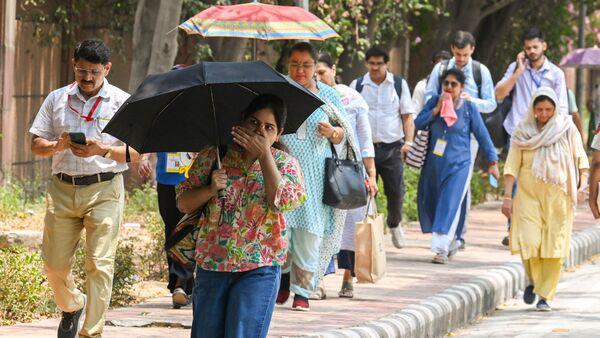
"The temperature recorded at Mungeshpur could be influenced by various local factors, and we are conducting a thorough examination to confirm its accuracy," said an IMD spokesperson.
The impact of hot winds from Rajasthan was emphasised by Kuldeep Srivastava, the regional head of the IMD, explaining why the temperatures is rising. "The early arrival of these hot winds can exacerbate the already severe weather in certain parts of Delhi. "The first places to feel the full force of these hot winds are places like Mungeshpur, Narela, and Najafgarh," Srivastava said. These outer regions of the city are frequently the first to be affected, making the heatwave conditions inside the city worse.
The IMD stated in its release that local exposure factors, such as proximity to water bodies, barren land, concrete and dense urban cluster, green areas, and so on, caused temperature variations across urban areas.
With thunderstorms typically providing brief relief from the heat in May, several areas of the capital have been experiencing a heatwave for more than two weeks. On May 11, the capital was hit by the final thunderstorm that brought with it heavy rain and winds.
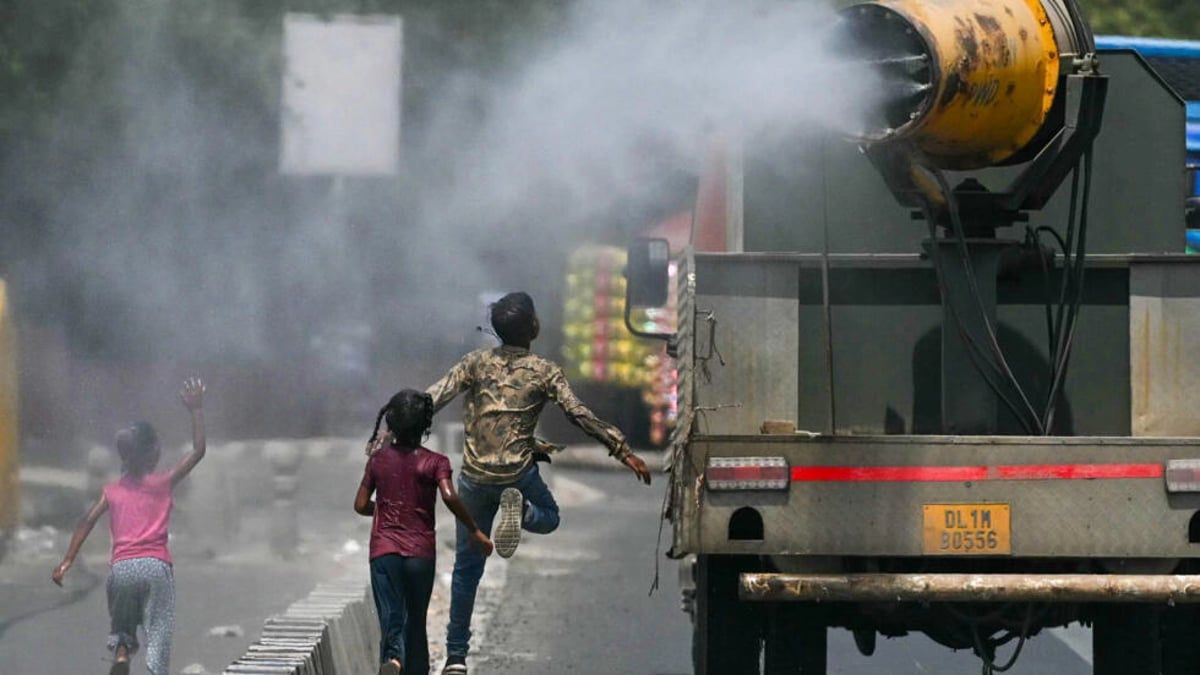
Heatwave Alert in Delhi NCR
There was also extreme heat in the National Capital Region (NCR), with temperatures reaching 48.4 degrees Celsius in Faridabad, 47.3 degrees in Noida, 47 degrees in Gurugram, and 45.6 degrees in Ghaziabad. The intensity of the heatwave that is sweeping the area is reflected in these temperatures.
In the plains, a heatwave is declared when the highest temperature surpasses 40 degrees Celsius, or 4.5 to 6.4 degrees Celsius above average. When the maximum temperature recorded deviates more than 6.4 degrees Celsius from the average, a severe heatwave is declared.
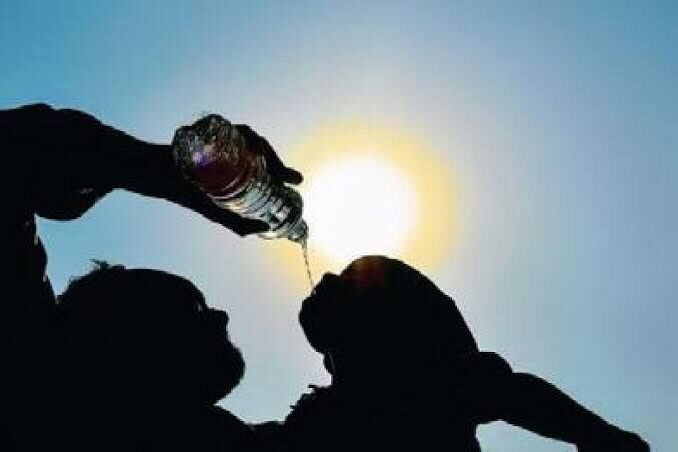
The IMD responded by issuing a red alert for Delhi, stating that "extreme care needed for vulnerable people" and that there was a "very high likelihood of developing heat illness and heat stroke in all ages." The department emphasized how crucial it is to take preventative measures to lessen the risk of heat-related health issues.
The IMD also extended its heatwave warning to several northern states, including Punjab, Haryana, Chandigarh, Rajasthan, Uttar Pradesh, Madhya Pradesh, Bihar, Jharkhand, Odisha, and the Jammu division, for both Wednesday and Thursday.
Light Rain Brings Relief
Delhi, which is experiencing an unprecedented heatwave, saw some relief on Wednesday night when the city saw patches of light rain and strong winds. Those who had been suffering through extremely high temperatures experienced a brief moment of relief from this unexpected weather phenomenon.
According to the India Meteorological Department's (IMD) forecast, there will be partial cloud cover and a prolonged heatwave in several regions. But the IMD also predicted the possibility of thunderstorms, which materialized on Wednesday afternoon along with very light drizzle and gusty winds. This weather shift offered a brief but much-needed respite from the unbearable heat.
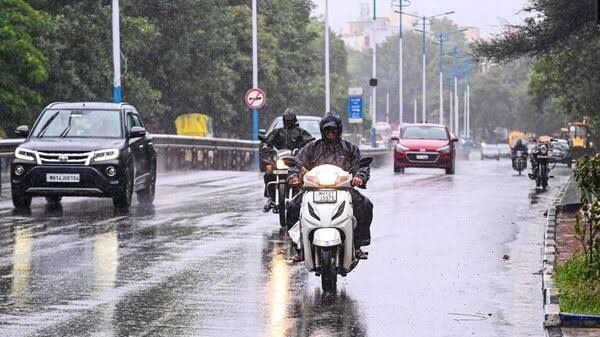
There was a general feeling of relief and surprise at the abrupt change in weather. Reactions erupted on social media as locals posted images and videos of the rain and overcast skies. Many expressed surprise and delight at the sudden cool drizzle after the extreme heat. One resident expressed the sentiment of many when they said on Twitter, "It's like nature decided to give us a break."
A ray of hope in the midst of the heatwave came from the IMD's prediction of light-intensity rain and winds over portions of the nation's capital on Tuesday. Although there has been some short-term respite from the heat, the forecast indicates that certain regions may still experience heatwave conditions.
The Severe Impact of Heatwaves: Power Cuts and Water Crisis in Delhi
Delhi is facing many difficulties as heatwave conditions engulf the nation's capital, including very high power demands and a serious water crisis.
Record-Breaking Power Demand
Delhi's peak power demand soared to an all-time high of 8,302 MW at 3:36 pm on Wednesday, surpassing the previous record of 8,000 MW set just days earlier on May 22.
This marks the twelfth consecutive day that the city’s power demand has exceeded 7,000 MW. For context, the peak demand in 2023 was 7,438 MW, and the highest before 2024 was 7,695 MW recorded on June 29, 2022.
Residents' heavy reliance on air conditioning and coolers due to the sweltering heat has resulted in record-breaking electricity consumption. Following high demands, Power cuts, particularly long hours, have became common in the national capital.
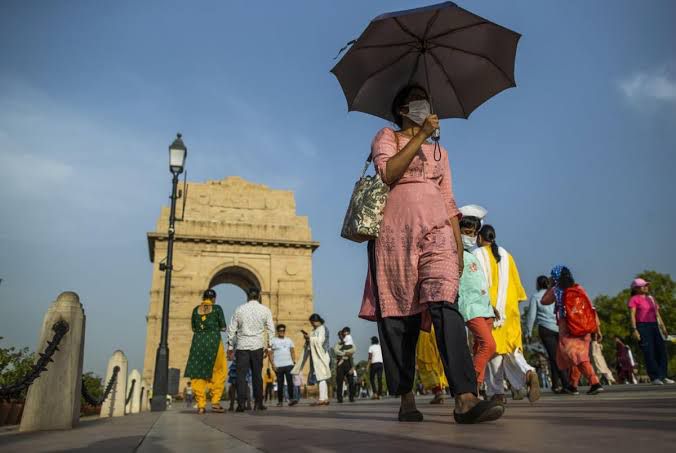
Water Crisis Amid Soaring Temperatures
Delhi is dealing with a serious water shortage that is made worse by the heatwave. Instead of receiving water supply twice a day, several parts of South Delhi, including Chattarpur and Mehrauli, will only receive it once.
The Delhi government however retaliated by announcing a ₹2,000 fine for anyone found to be wasting water. Using a hose to wash cars, allowing water tanks to overflow, and using private connections for business purposes are examples of offenses.
The Delhi Jal Board (DJB) has been instructed by Water Minister Atishi to send out 200 teams on Thursday morning in order to carry out these measures. With close observation and prompt action against offenders, such as cutting off unauthorized water connections at building sites and commercial buildings, the program seeks to reduce water waste.
The limited water supply from Haryana, which hasn't been releasing Yamuna water to Delhi since the beginning of May, exacerbates the water crisis even more. The Wazirabad water treatment plant's water levels have been steadily declining as a result.
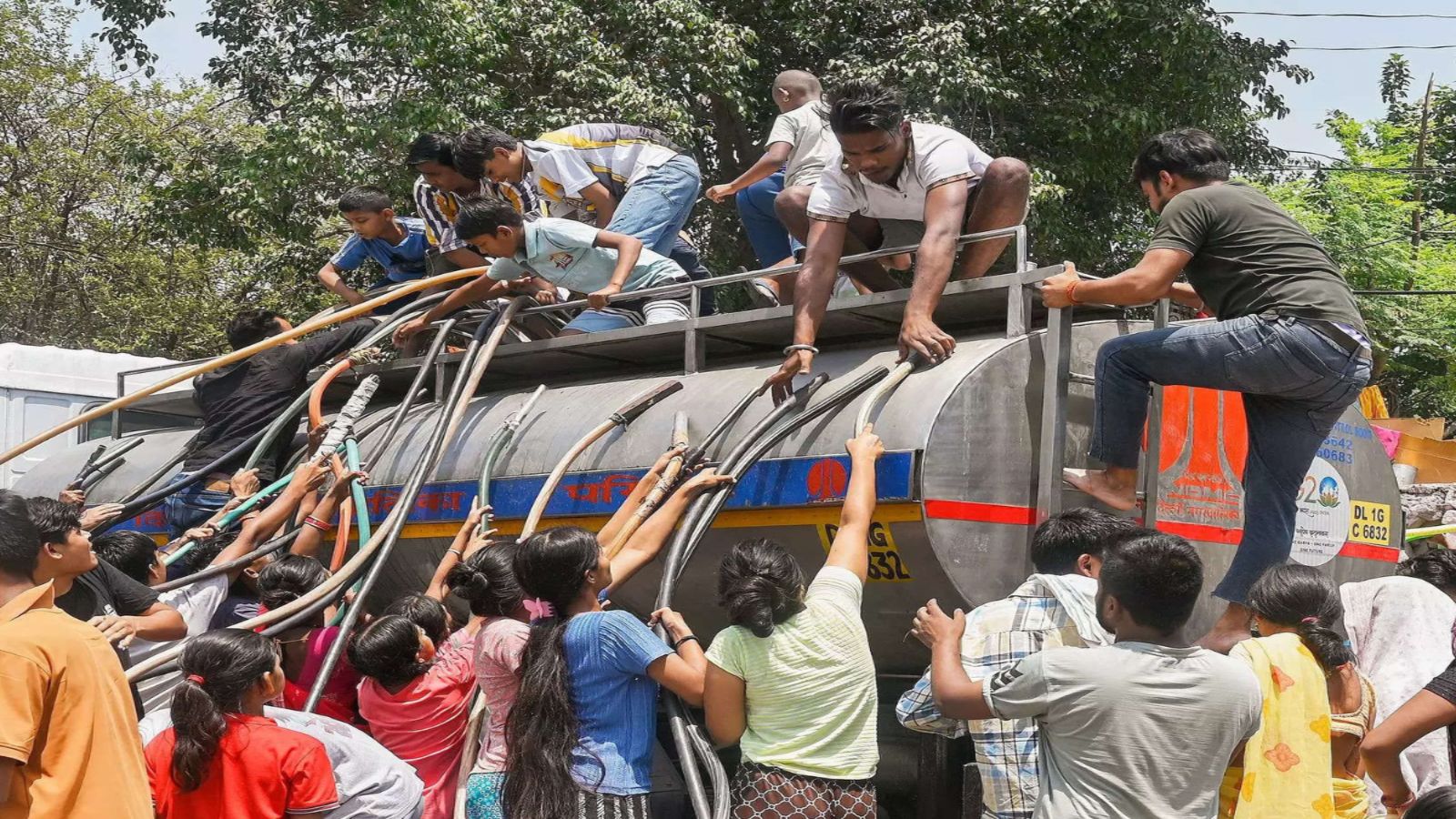
Delhi Government's Response to the Heatwave Crisis
With temperatures reaching almost 50 degrees Celsius during a severe heatwave, the Delhi government has taken a number of steps to lessen the impact on locals and employees. These initiatives are meant to protect and alleviate the suffering of those who are most susceptible to intense heat.
Beds For Patients Suffering from Heat related Issues Increased
In order to address heatstroke and related emergencies, the Delhi government has set aside two beds in each of the government hospitals. The Delhi government has devised a novel plan to lower the ambient temperature: the anti-smog guns that are usually used to combat pollution during the winter will be deployed. The water spray from these guns will help to temporarily relieve the extreme heat by cooling the air.
Paid Breaks: Relief for Workers
On Wednesday , the Lieutenant Governor (LG) of Delhi, VK Saxena, issued directives to safeguard the well-being of labourers working at construction sites. Labourers will receive a three-hour paid break from 12 noon to 3 pm. This policy aims to protect workers from the harshest midday heat. Workers will be provided with adequate water and coconut water to stay hydrated during their shifts.
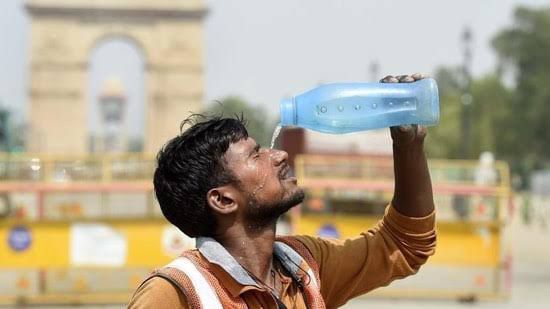
Moreover, LG Saxena ordered the placement of Water pitchers at bus stands to ensure that commuters can stay hydrated.
Ⓒ Copyright 2024. All Rights Reserved Powered by Vygr Media.

